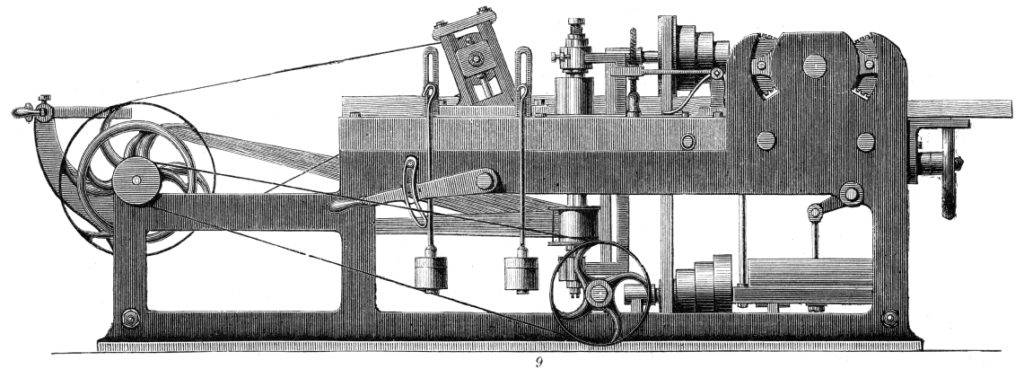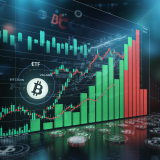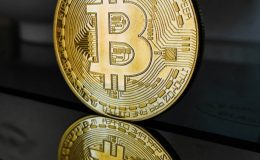The first Industrial Revolution brought steam power and factories. The second produced railroads and electricity. The third gave us the Internet, digital computers, and the conveniences of the modern world.
Each of these revolutions began and finished with the creation of better, more efficient machines. But the fourth revolution, predicated upon the Industrial Internet of Things (IIoT), is nearly here, and it won’t follow so closely in the tracks of its older brothers.
The fourth revolution won’t center on machinery that’s simply stronger and faster: It’ll revolve around machines that process, share, and act upon information without us, fundamentally modifying our relationships to our tools, our world, and one another.
The data revolution
Data — not coal, steel, or silicon — will be the currency of the fourth revolution.
A single gas turbine, coupled to the industrial Internet, generates four times as much data in one day as the entirety of the world’s Twitter posts, and yet we analyze less than 1 percent of those data. Bill Ruh, CEO of GE Digital, foresees a flood of digital information that today’s analytics tools cannot hope to parse.
“A decade ago, we might have pulled in a terabyte of data every day,” Ruh said in an interview with the Boston Globe. “Today, we are talking about 10,000 terabytes a day. By 2020, we calculate we’ll be at about a million terabytes of data a day.”
Tomorrow’s machines will produce the informational equivalent of several Libraries of Congress every day. Imagine reading every book in the Library of Congress, only to be told you must summarize what you learned in 10 pages and instantly communicate your findings to thousands of others. The task isn’t just monumental — it’s ludicrous.
I remember at Yahoo!, we couldn’t physically rack machines fast enough to keep up with the data coming off our website, and that was back in 2004, pulling data from hundreds of millions of users, let alone hundreds of billions of machines.
The true wonder of the fourth industrial revolution won’t be the data produced; it will be intelligent machines’ capacity to analyze those data and communicate their findings within a network of similarly intelligent machines. Then, each connected machine will act, altering its processes to be more efficient and communicating those changes back to its network.
Expect these responsive machines to put our world economy into overdrive: Ruh and GE believe that, over the next 20 years, intelligent machines and the Industrial IoT will add $10 to $15 trillion to the global economy. Considering that the global gross domestic product in 2015 was about $74 trillion, that’s a massive increase.
The underpinnings of revolution
Two components are central and necessary to this coming revolution: a centralized, Industrial Internet-specific communications network, such as GE’s Predix, and a systemic, decentralized way to facilitate commerce through disincentive against dishonest communication.
The IIoT-specific network must function as a hub for smart machines to interface with one another and their human creators. Sensors in machines collect massive amounts of data and then sift through the data in real time. That, conceivably, can happen on a machine-by-machine basis. But to relay findings and make decisions without human intervention — to truly create an intelligent network — machines require a single communication network.
Imagine sensors in an airplane engine recognizing a soon-to-malfunction part while the plane is in the air, then communicating with the destination airport that the engine will require maintenance and ordering its own replacement part to the terminal before landing.
This breed of intuitive machinery is no sci-fi dream: It’s our own immediate future.
Today, as CEO of a company that is working closely with the Department of Energy to help the U.S. secure its critical infrastructure, it is my opinion that the IIoT information network is just half the battle. At the end of the day, it’s about commerce. Think of it as the public roads upon which millions of autonomous vehicles might one day drive.
Now, these autonomous vehicles have a singular system in which they operate. But how do we ensure every autonomous vehicle will play by the rules? How, for instance, do we ensure no vehicle transmits fraudulent information about its whereabouts, say, at the time of an accident? If just two parties were involved and each passenger corroborated his car’s story, there would be no way to verify each party’s claim to its location.
Consider how the decentralized, satellite-based GPS would affect the situation. This system is impartial and connected to each car. Sure, each vehicle could continue to make its claim, but there’d be an easy way to verify which party is telling the truth.
With the systemic, indefeasible nature of GPS, there’d be no reason for an autonomous vehicle, perhaps tampered with by its owner, to misreport its location at the time of an accident. This strong incentive to honesty would be tantamount to facilitating commerce between autonomous vehicles, and it would be necessary for owners to feel secure in their investments in those vehicles.
GPS technology is to a network of autonomous vehicles as blockchain technology is to the industrial Internet as a whole. Sure, autonomous vehicles can physically drive on a road without GPS, but don’t expect their owners to allow them to do so. Similarly, at a much bigger scale, a vast array of machines in the Industrial Internet can communicate on a singular, centralized network, but the owners won’t allow them to do so without some assurance the machines can commerce without fear of fraud.
Blockchain already spurring revolution elsewhere
Blockchain, of course, has already been used to facilitate commerce in the finance industry. But digital information packets are discrete assets in the same way dollars are, and blockchain can create a digital record of their existence and transfer. The technology is essentially a record, or consolidated ledger, of digital events. This ledger is decentralized and shared among the different parties in a network, and it can be updated only by a majority consensus of those parties. Once a ledger entry is created, it can never be erased.
Blockchain is the missing link to the revolution because the commerce it spurs will define trust among machines and stakeholders. To illustrate, let’s think back to Volkswagen’s recent emissions scandal. Volkswagen’s tests showed its vehicles were emitting too much nitrogen oxide, so it chose to use a “defeat” device to hide the problem for subsequent tests.
While blockchain wouldn’t prevent somebody from physically tampering with machines or data, it would create transparent, shared, and indelible documentation of that original emissions data’s existence. If this data had been created and shared through a blockchain system, VW would never have committed the fraud, as discrepancies between the two data sets would have been all too obvious to regulators.
The benefits of IIoT are apparent, and we’ve developed the technologies for machine-to-machine communication; now, the challenges of standardization lie between society and the next revolution. This has pushed us toward a new evolution of database technology that the past three decades have led up to, and we’re finally seeing momentum build.
We all have different businesses and different objectives, but if we are all to benefit from the enhanced efficiencies brought by a fourth industrial revolution, we must settle on a single model for machine-to-machine commerce. And because no communication network can function without commerce between willing participants, we must integrate blockchain into this system. In an environment that requires continuous modification of data but also sensitivity to conditions required for uninhibited informational trade, blockchain is our best path toward a new industrial revolution.
The author is the CEO of New Context, a San Francisco-based consulting company specializing in lean security and helping companies build stronger software and infrastructure.










